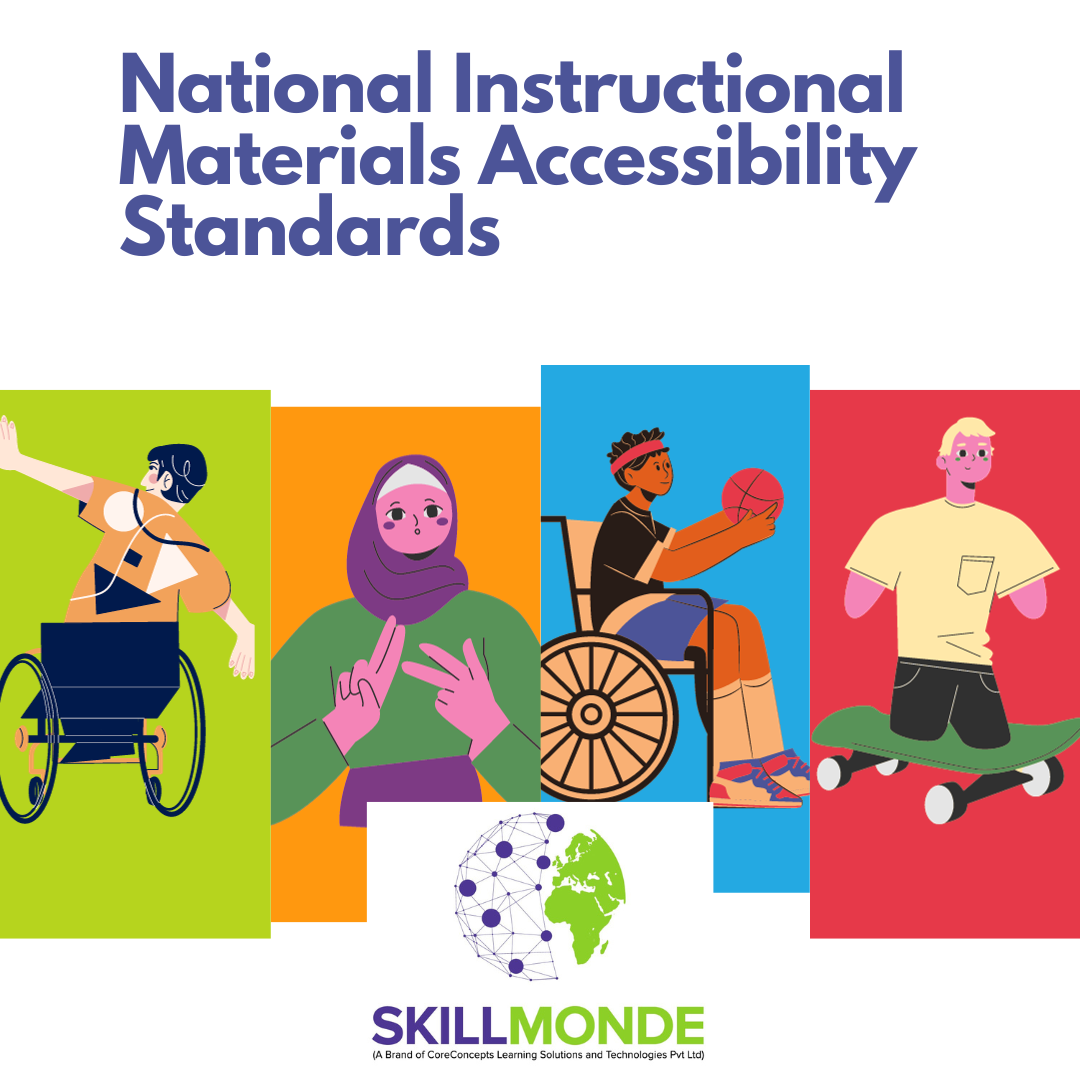NIMAS Files in Educational Materials: A Comprehensive Guide
The world of educational content has witnessed several transformations over the years, with technology playing a pivotal role. Among the numerous standards and formats developed, the National Instructional Materials Accessibility Standard (NIMAS) stands out, particularly for its contribution to making content more accessible. Let's explore what NIMAS files are and why they matter in educational materials.
- What is NIMAS?
NIMAS is a technical standard used to produce source files (from publishers) that can be easily converted into a range of specialized formats, such as Braille, audio, large print, or digital text. These formats are essential for students with disabilities.
The creation of NIMAS was a result of the Individuals with Disabilities Education Act (IDEA), which aimed to ensure that students with disabilities have access to the same educational content as their peers.
- Why is NIMAS Important?
- Equitable Access: Every student deserves equal access to educational content. NIMAS ensures that students with disabilities have resources tailored to their needs.
- Cost-Effective: Instead of creating different versions of materials from scratch, educators can use NIMAS source files to derive multiple specialized formats, making the process more efficient and cost-effective.
- Standardization: With NIMAS, publishers have a clear set of guidelines to follow, ensuring consistency in the creation of accessible educational materials.
- Key Components of NIMAS
NIMAS files are XML-based, ensuring they can be easily transformed into multiple formats. Some of the primary elements of NIMAS include:
- Structured Text: This ensures content can be navigated by chapter, section, and page.
- Images with Descriptive Captions: This makes graphical content accessible to students using screen readers or Braille displays.
- Mathematical Content and Notations: These are presented in a way that can be rendered in accessible formats.
- NIMAC: The Central Repository
The National Instructional Materials Access Center (NIMAC) is a central repository for NIMAS files. Publishers submit their NIMAS-conformant files to NIMAC, from where authorized users can access and convert them into specialized formats suited to students' needs.
- How are NIMAS Files Used?
Once publishers have created NIMAS-conformant files, these source files can be transformed into various accessible formats:
- Braille: For students with visual impairments.
- Audio: For students with visual impairments or specific learning disabilities like dyslexia.
- Digital Text: Allows for text-to-speech or modification of text size and font.
- Large Print: For students with low vision.
What are the different Input formats that can be Convertible to NIMAS Format
The versatility of the National Instructional Materials Accessibility Standard (NIMAS) is highlighted by its ability to convert multiple formats. Publishers, educators, and content creators can take existing content and transform it into a standardized NIMAS file. Here's a look at the various input formats that can be used:
- Text-Based Formats:
- Microsoft Word Documents (.doc, .docx): One of the most common formats, Word documents are easily convertible, especially when they follow structured styles for headings, lists, and tables.
- Rich Text Format (RTF): Another widely used text format that retains basic formatting and structure.
- Plain Text (.txt): The simplest of formats, devoid of any formatting.
- Desktop Publishing Files:
- Adobe InDesign Files: InDesign is a popular desktop publishing software, and its files can be converted into NIMAS, especially when exported as tagged PDFs.
- QuarkXPress Files: Another desktop publishing software, its files can also be converted, similar to InDesign.
- Portable Document Formats (PDF):
- Tagged PDFs: These are PDFs with internal meta tags describing content and structure, making it easier to convert to NIMAS.
- Un-tagged PDFs: While it's possible to convert these, they may require more manual intervention to ensure proper content structure and accessibility.
- Image-Based Formats:
- Scanned Documents: Scanned content, often saved as JPEG, PNG, or TIFF files, can be converted using Optical Character Recognition (OCR) software. However, this process might not always guarantee 100% accuracy, and manual corrections could be needed.
- Graphics Interchange Format (GIF): While primarily an image format, GIFs with text can also undergo OCR.
- Web-Based Formats:
- HTML and XML: Web pages or content saved in these formats can be adapted to NIMAS, especially if they follow accessibility guidelines like WCAG.
- Proprietary Digital Formats:
- ePUB, MOBI: These are digital book formats. While they can be converted to NIMAS, the ease and accuracy of conversion might vary based on how they were initially created.
It's essential to note that while many formats can be converted into NIMAS, the accuracy and efficiency of conversion largely depend on the quality and structure of the original content. A well-structured source document with clearly defined headings, tables, and other elements will typically result in a more accurate and usable NIMAS file.
SkillMonde's Contribution to NIMAS Conversions
In the rapidly evolving educational landscape, SkillMonde recognizes the essential need for accessibility. That's why we proudly offer NIMAS conversion services. Leveraging our expertise, we assist publishers and educators in converting their diverse content formats to the universally accessible NIMAS standard. Ensuring that every student, regardless of their capabilities, has an equal opportunity to learn is at the core of our mission. With SkillMonde, you're not just getting a service; you're partnering in the pursuit of inclusive education.
Conclusion
The introduction of NIMAS in educational materials has marked a significant step towards inclusive education. It has paved the way for creating a learning environment where every student, regardless of their disabilities, has a fair chance at education. As technology continues to evolve, the importance of standards like NIMAS in shaping a more accessible and equitable educational landscape cannot be overstated.
Note: Always remember to credit any direct sources or references when writing a blog post or article. The above content provides a general overview of NIMAS and its significance in the educational sphere.
